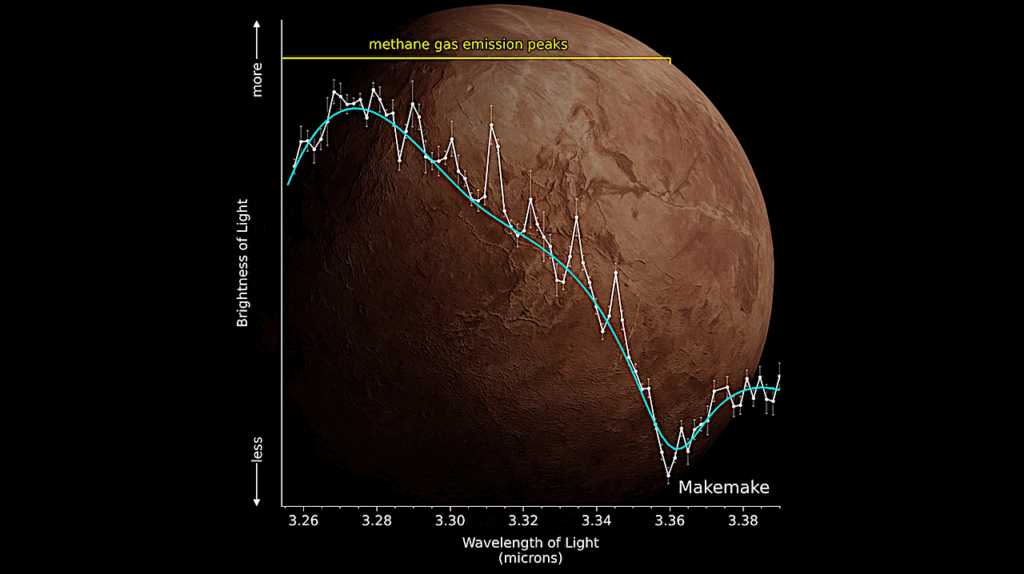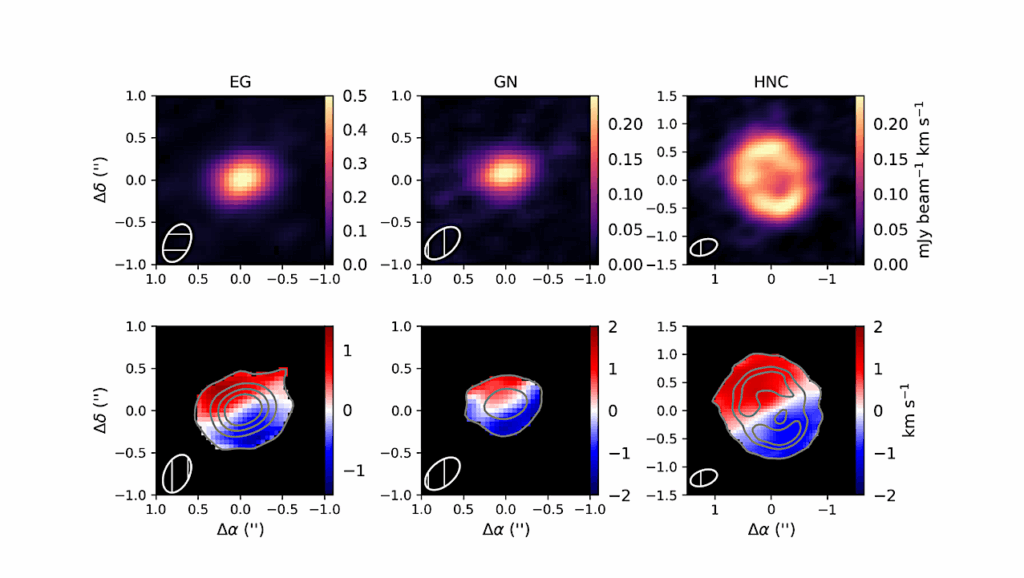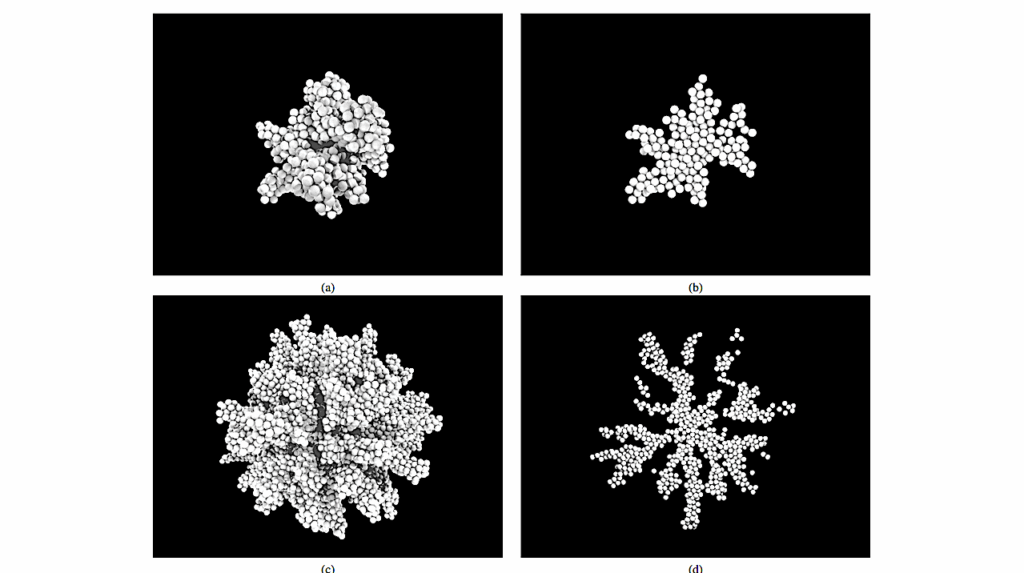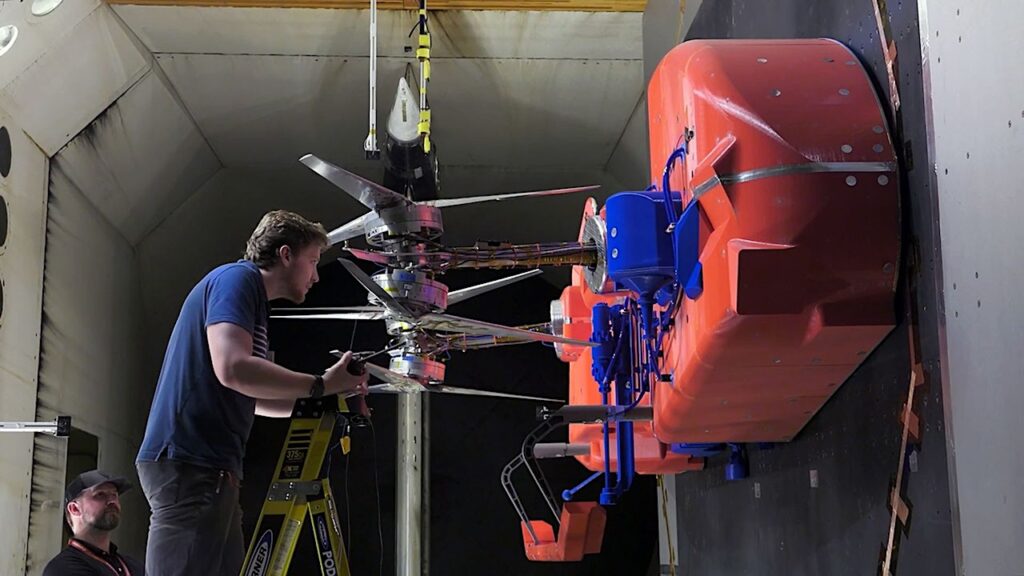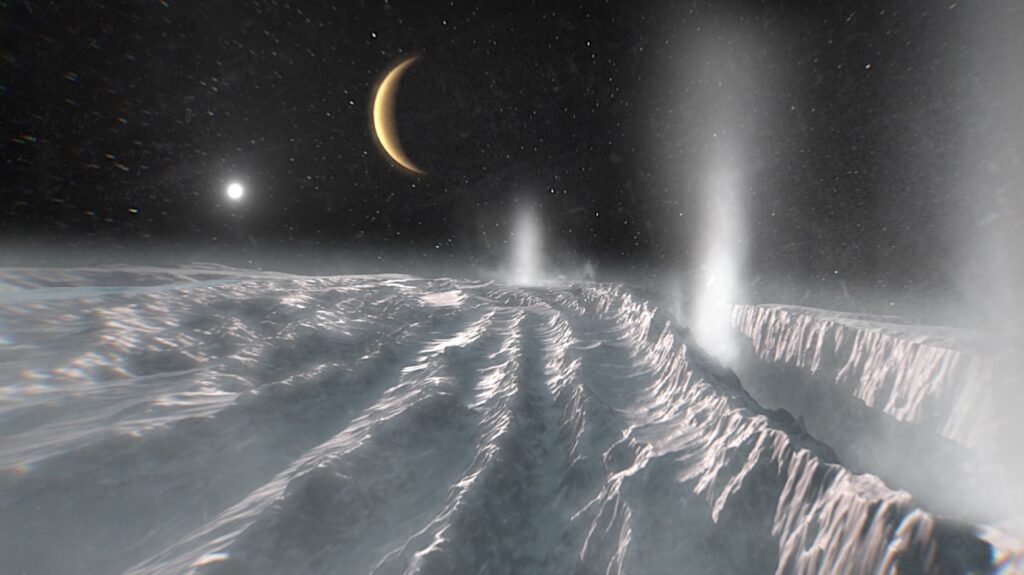A JWST Project on 47 Tucanae. NIRSpec Spectroscopy of Multiple Populations Among M dwarfs
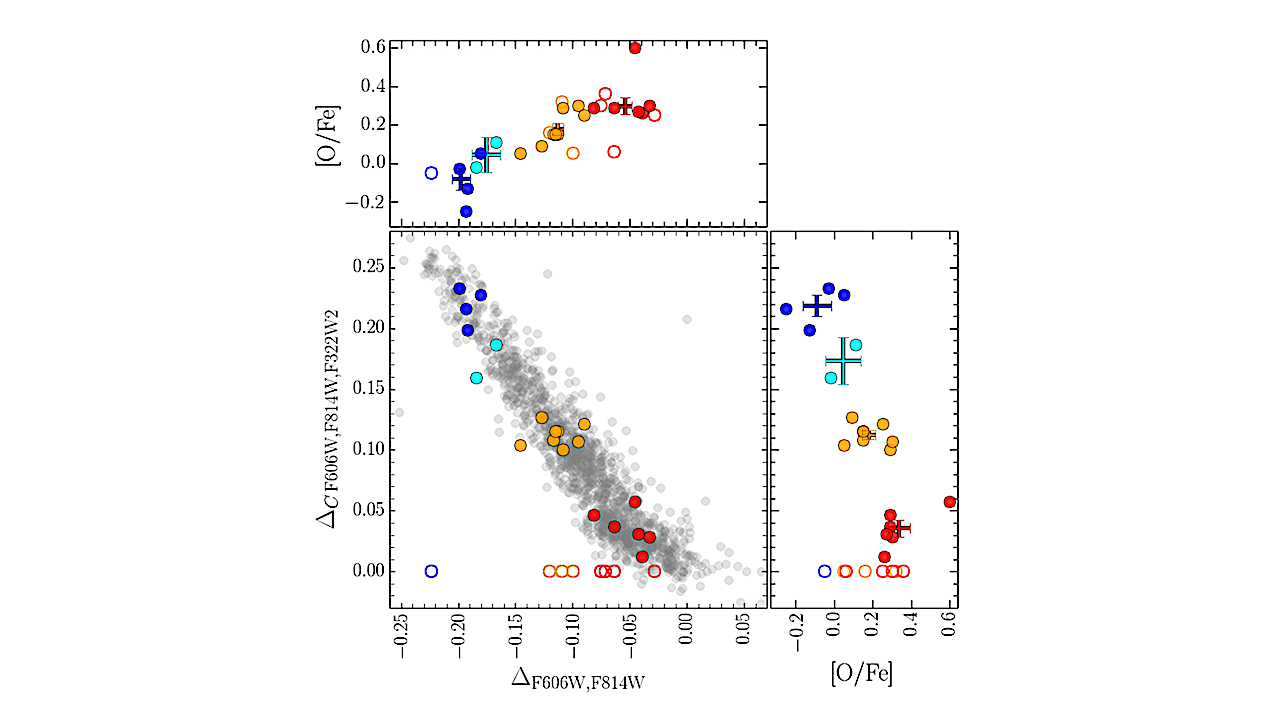
We present the first spectroscopic estimates of the chemical abundance of M dwarf stars in a globular cluster (GC), namely 47 Tucanae. By exploiting NIRSpec on board the James Webb Space Telescope (JWST) we gathered low-resolution spectra for 28 stars with masses in the range ~0.4-0.5 solar masses. The spectra are strongly affected by the H2O water vapour bands which can be used as indicators of the oxygen abundance.
The spectral analysis reveals that the target stars feature a different O abundance, with a difference of ~0.40 dex between first and the most-polluted second population. The observed range is similar to that observed among red giant stars. This result reinforces previous findings based on the analysis of photometric diagrams, including the “chromosome maps”, providing a first, and more direct, evidence of light element variations in the M dwarfs’ mass regime.
The observation that the multiple populations, with their variations in light elements, exhibit the same patterns from the lower main sequence all the way to the red giant branch further strengthens the notion that multiple stellar populations in globular clusters formed in a series of bursts of star formation.
A. F. Marino, A. P. Milone, A. Renzini, E. Dondoglio, E. Bortolan, M. G. Carlos, G. Cordoni, A. Dotter, S. Jang, E.P. Lagioia, M. V. Legnardi, F. Muratore, A. Mohandasan, M. Tailo, T. Ziliotto
Comments: 9 pages, 4 figures, 2 tables, accepted for publication in ApJ Letters
Subjects: Solar and Stellar Astrophysics (astro-ph.SR); Astrophysics of Galaxies (astro-ph.GA)
Cite as: arXiv:2406.12684 [astro-ph.SR] (or arXiv:2406.12684v1 [astro-ph.SR] for this version)
https://doi.org/10.48550/arXiv.2406.12684
Focus to learn more
Submission history
From: Anna Fabiola Marino
[v1] Tue, 18 Jun 2024 14:56:47 UTC (1,075 KB)
https://arxiv.org/abs/2406.12684
Astrobiology, Astrochemistry,


